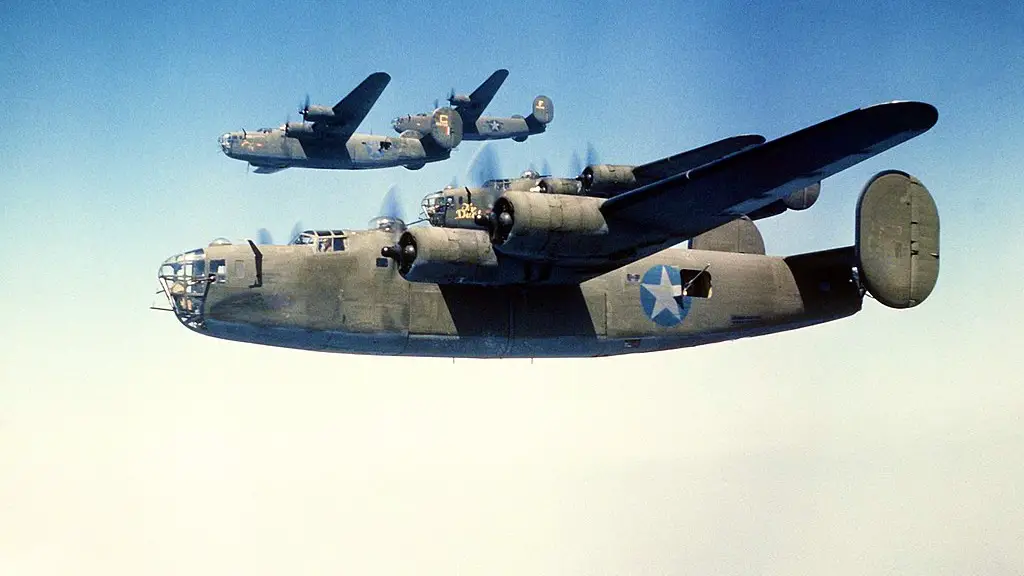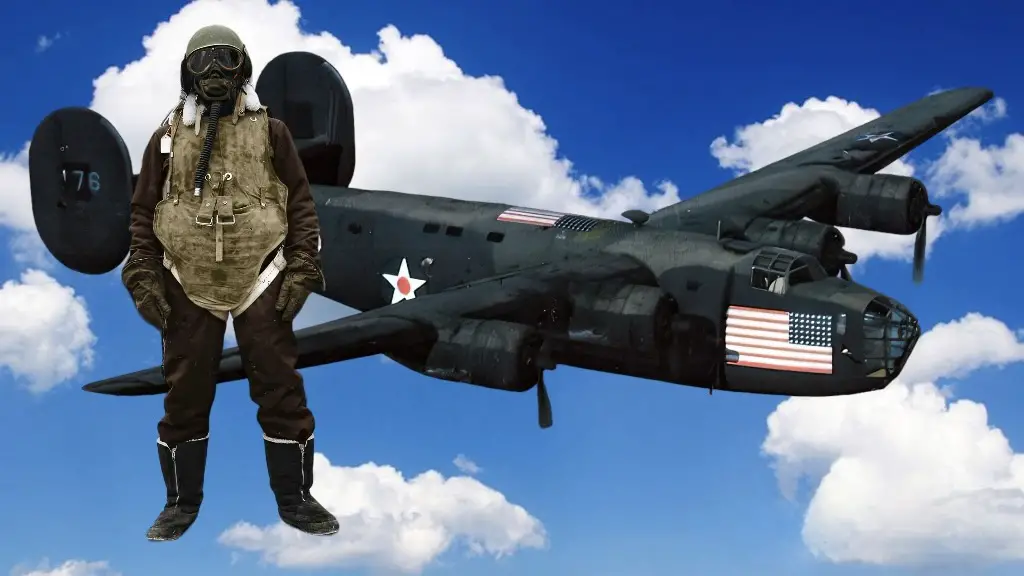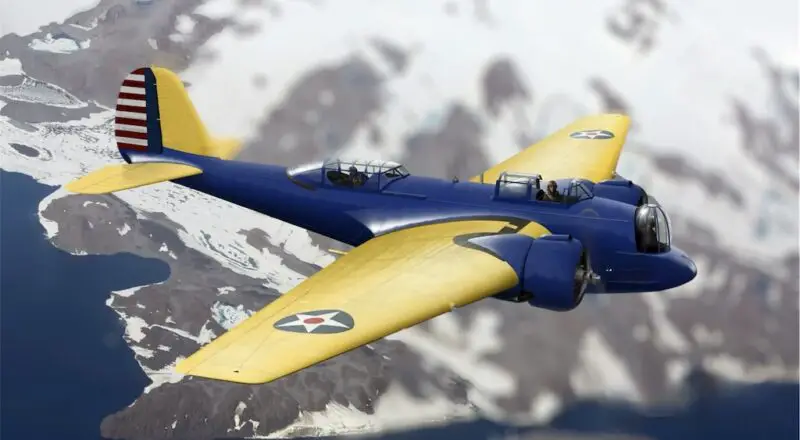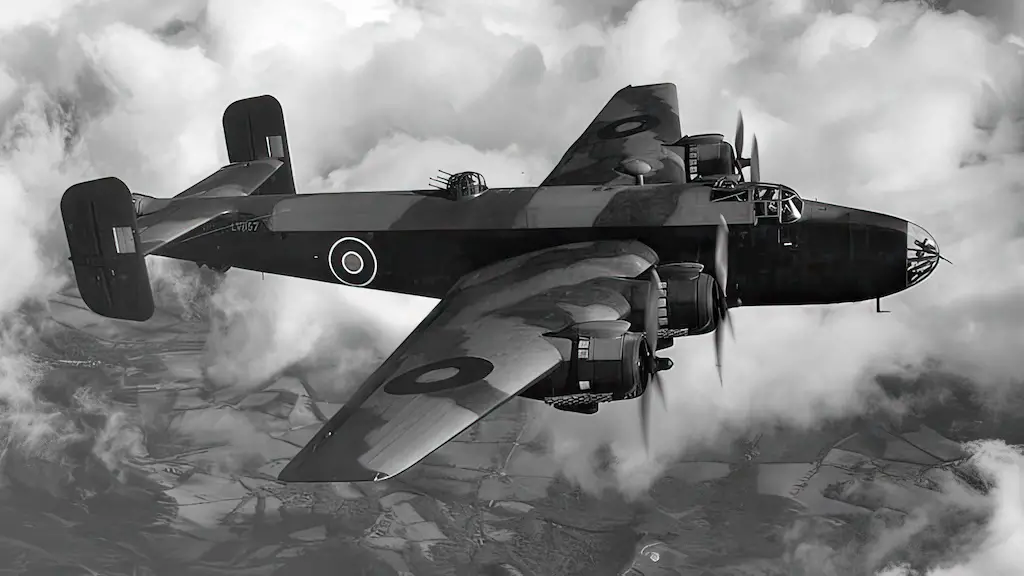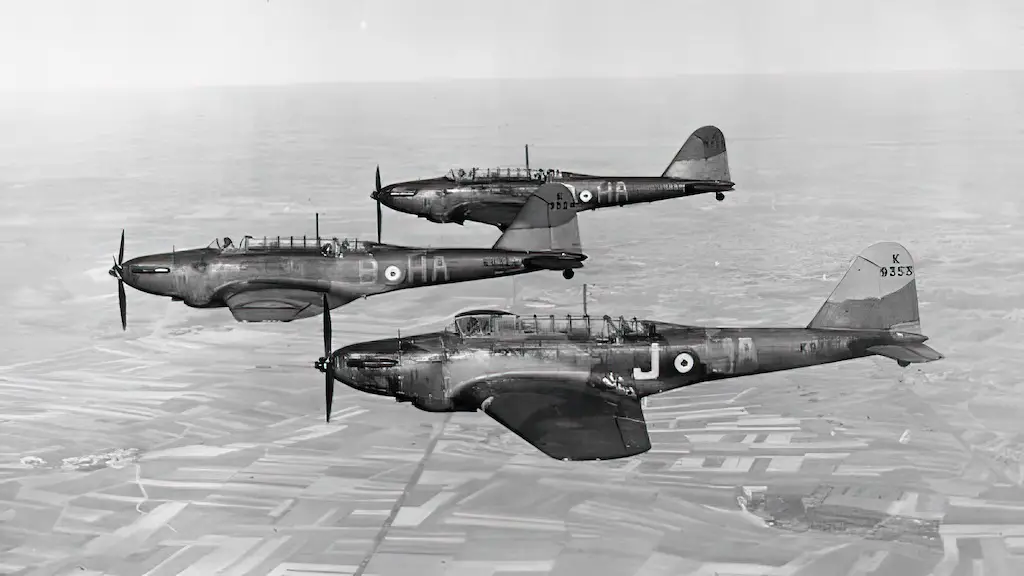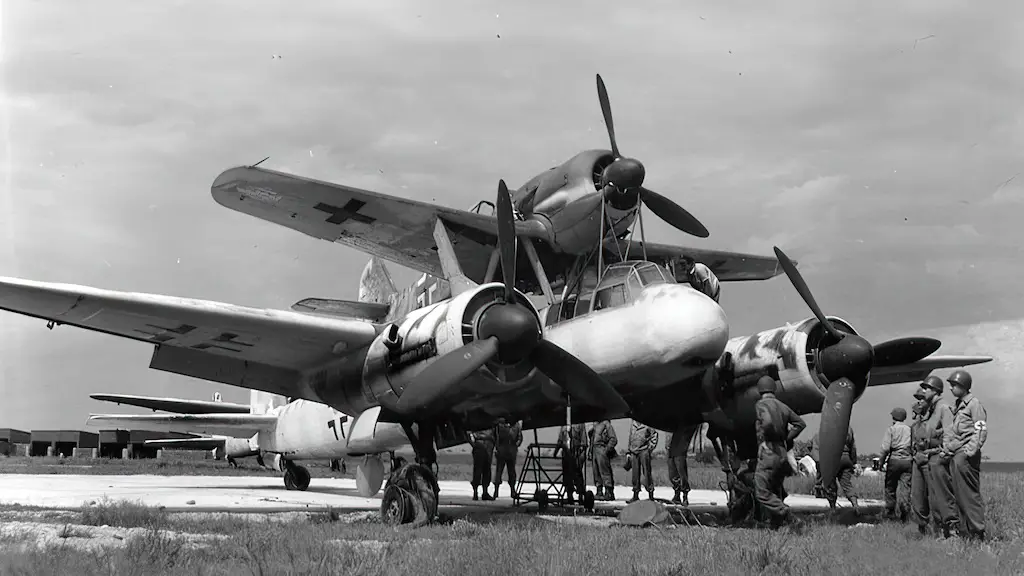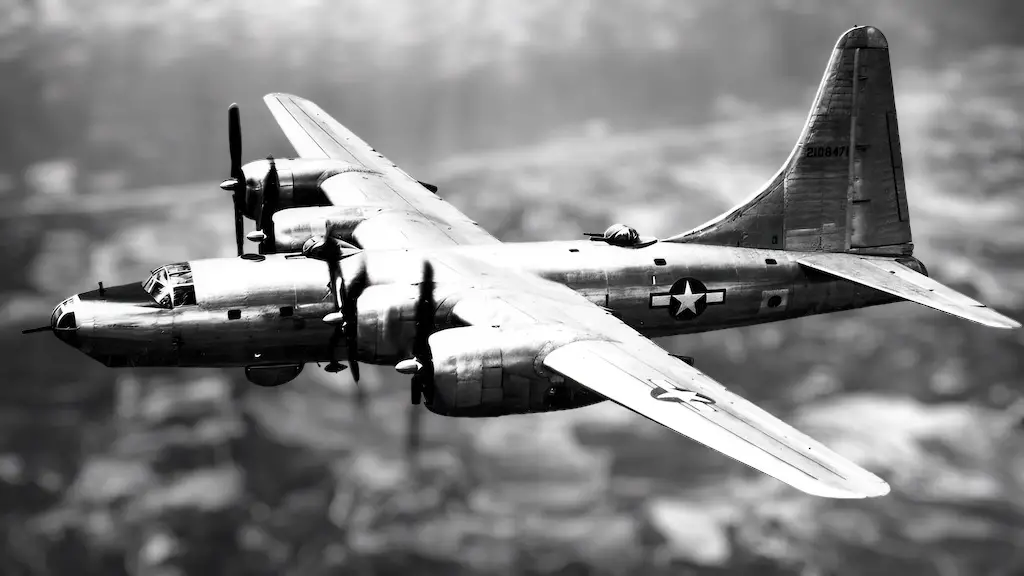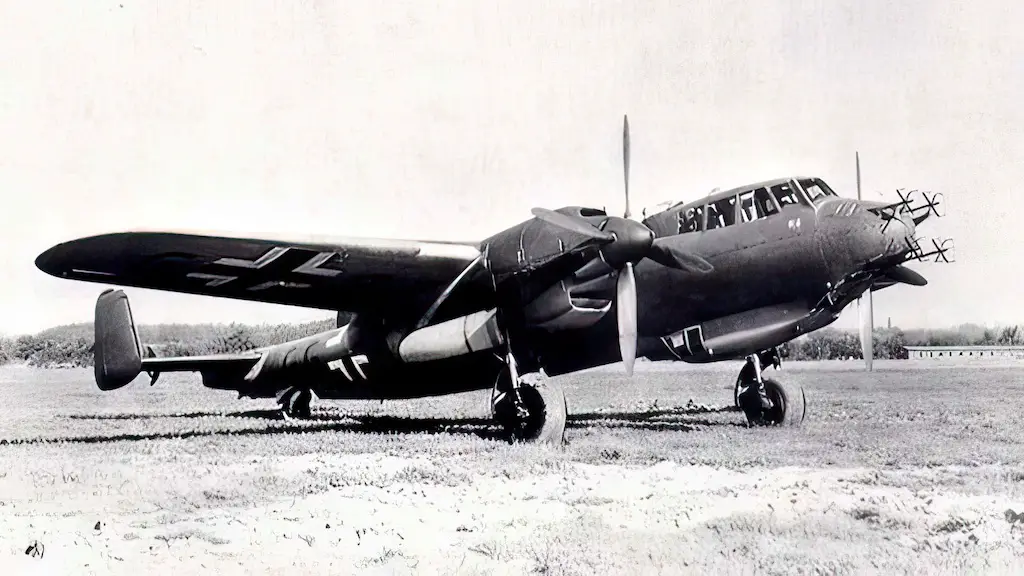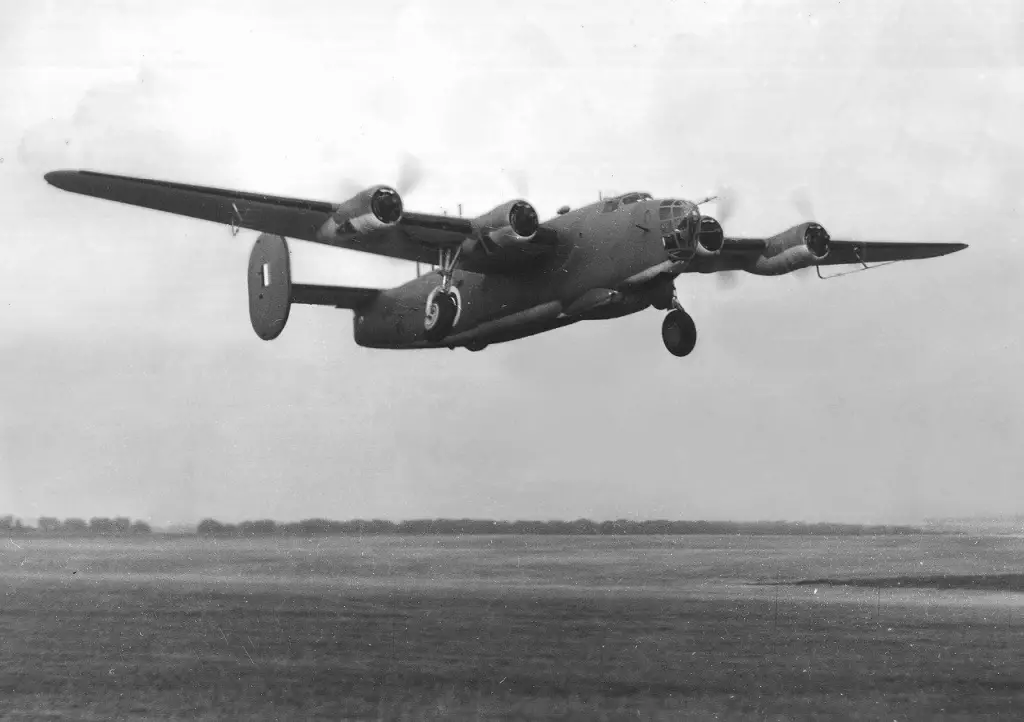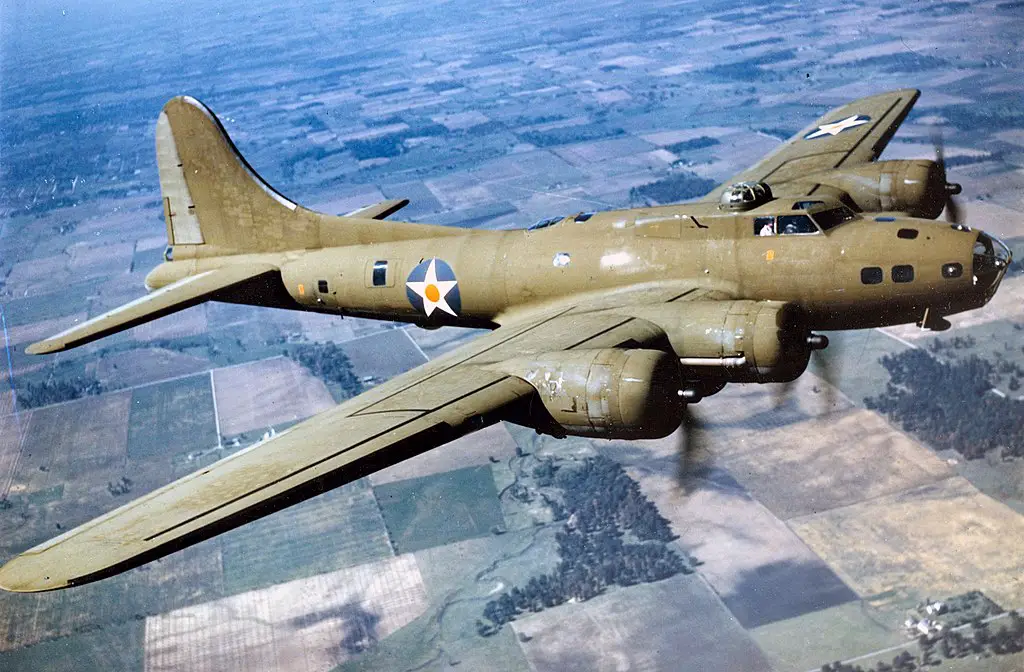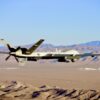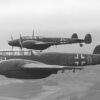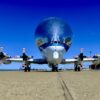The B-24 Liberator, a legendary aircraft of World War II, holds many stories and secrets. Known for its significant role in the war, this aircraft has a history filled with unexpected details and fascinating facts. Let’s explore five things you might not have known about this iconic bomber.
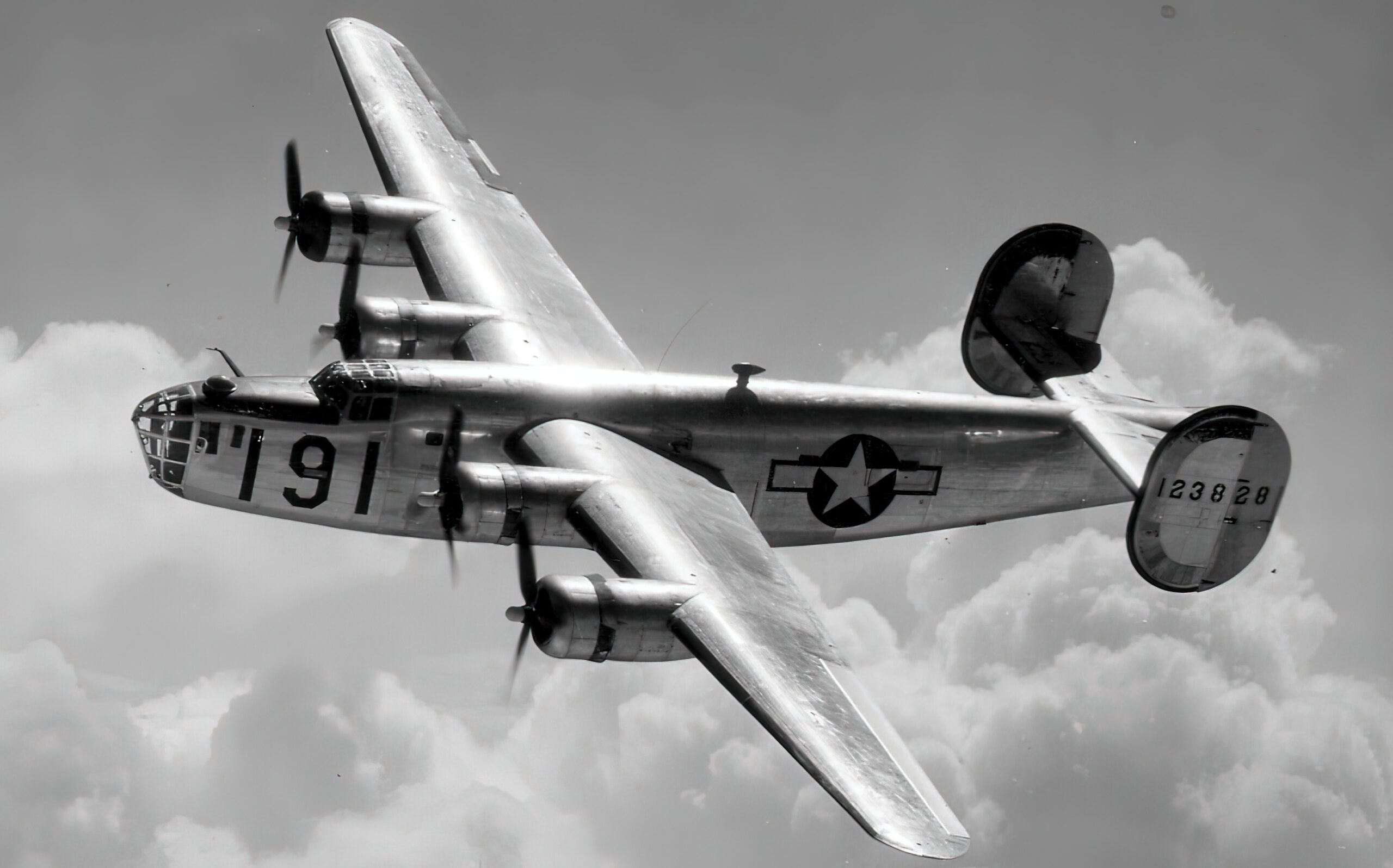
1. First American B-24 Lost at Pearl Harbor
The B-24’s history in World War II began with a tragic start at Pearl Harbor. The very first American B-24 Liberator was destroyed during the infamous attack on December 7, 1941. This loss is often overshadowed by the numerous other tragedies of that day. The aircraft, operated by Ted Fauler’s crew, was at Hickam Field preparing for a test flight when the first bomb dropped, igniting the plane and leading to the loss of crew members.
The B-24 was part of a top-secret mission for photo reconnaissance over the Philippines, aiming to gather intelligence on Japanese troop buildups and fleet locations. The destruction of this bomber at Pearl Harbor not only marked its first loss but also ended a crucial spy mission, delaying American photographic reconnaissance in the Philippines for another two years.
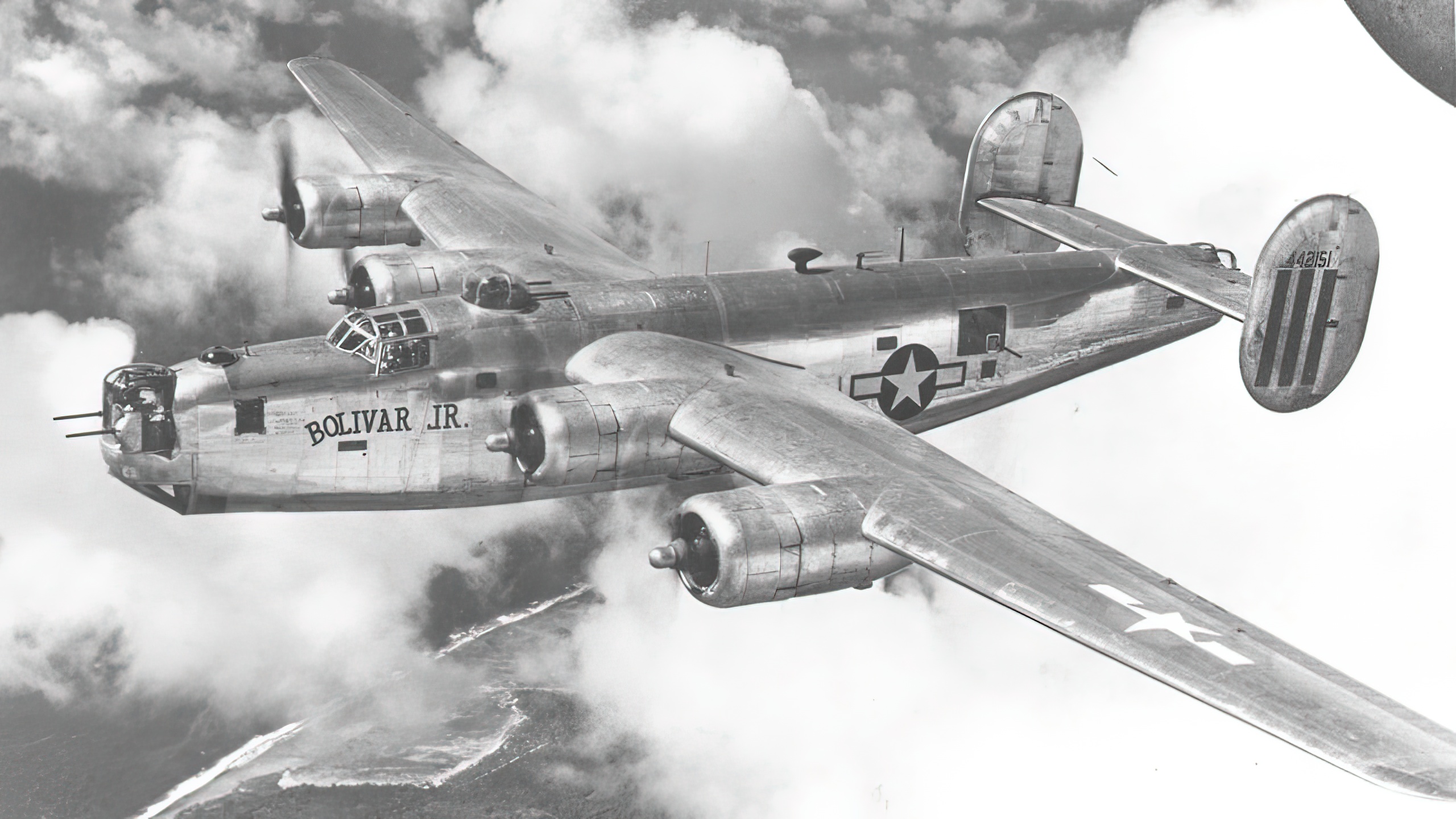
2. The B-24’s Unique Bombay Doors
The B-24 stood out with its unusual roller-type Bombay doors, differing from other strategic bombers of its time. This design was a result of its tricycle undercarriage, allowing the bomber to rest level on the ground. Traditional Bombay doors couldn’t open in this position, leading to this innovative solution.
Beyond carrying a maximum payload of 8,000 lb, significantly more than the B17, the B-24’s Bombay was versatile. It played a crucial role in anti-submarine operations, one of the most critical and overlooked roles of the bomber in WWII. This capability was instrumental in turning the tide in the Atlantic against German U-boats, showcasing the Liberator’s diverse operational abilities.
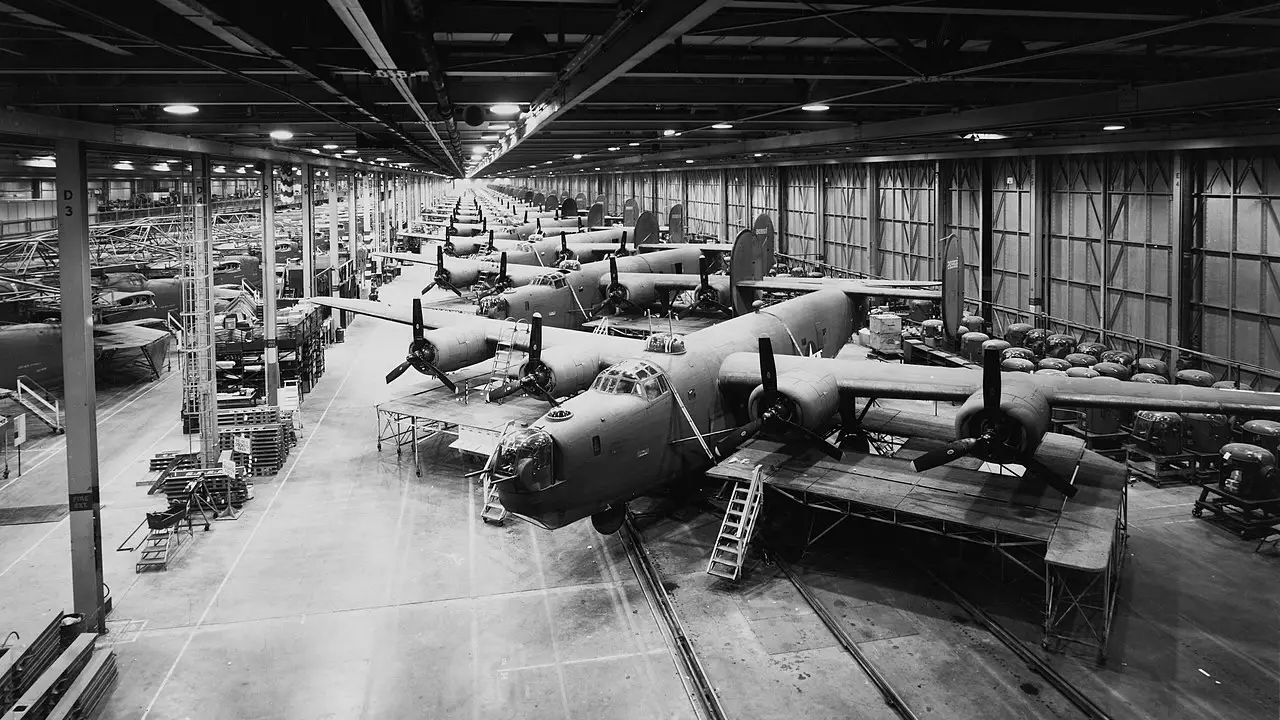
3. The Crucial Anti-Submarine Role
The B-24’s range made it an ideal choice for anti-submarine warfare. Before the U.S. entered the war, the B-24 was sent to the British to patrol the Atlantic. Its effectiveness in this role was immediate, significantly impacting the German U-boat threat and ensuring safer passage for Allied shipping.
With improvements in radar and weaponry, the B-24’s role in anti-submarine warfare became even more pronounced. By 1943, the RAF’s Coastal Command, utilizing the B-24, had significantly weakened the German U-boat force, demonstrating the bomber’s versatility beyond traditional bombing missions.
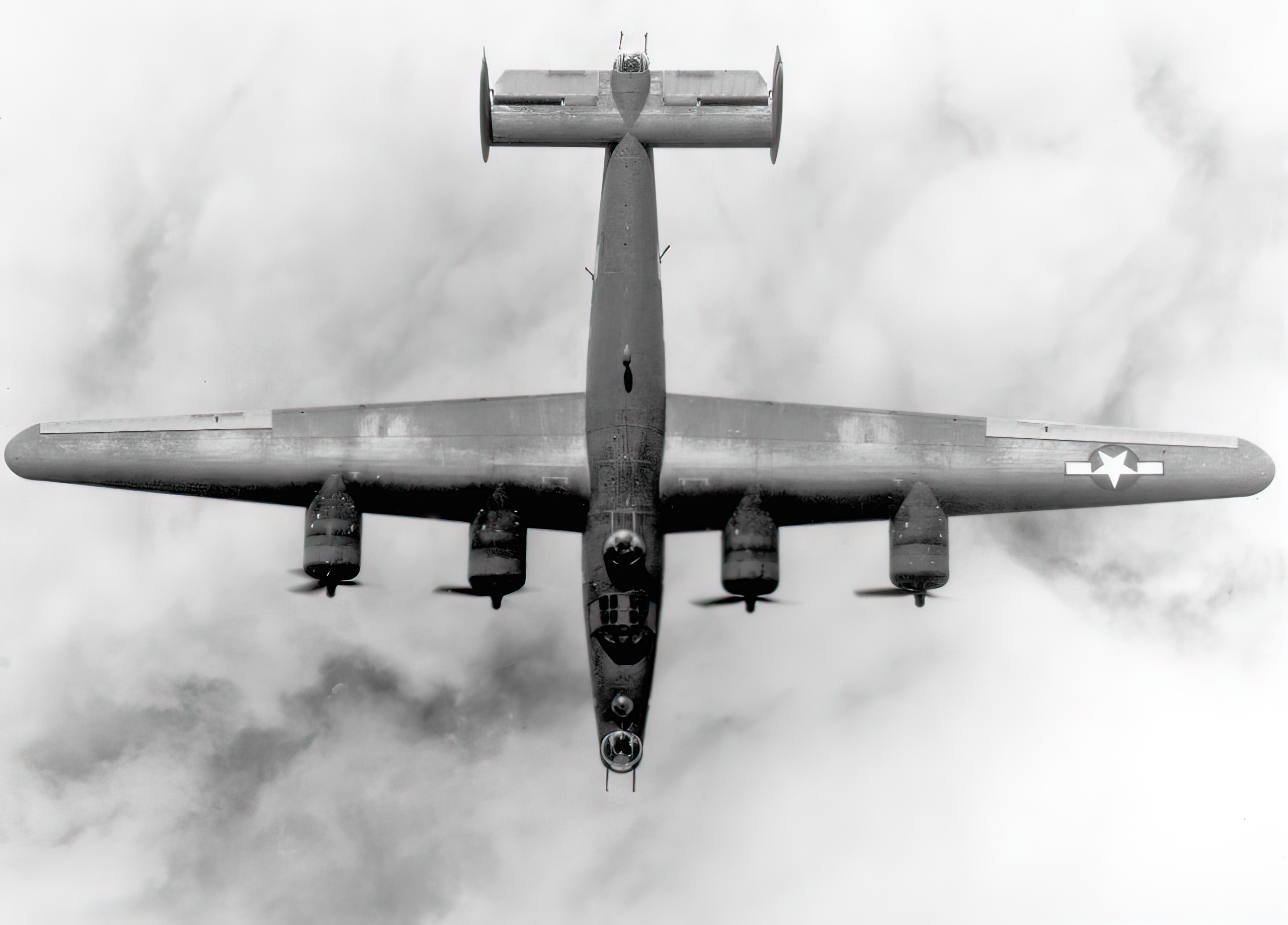
4. A Vulnerability in Strength: The B-24’s Wings
A notable weakness of the B-24 was its wings, specifically due to the outward folding landing gear. This design required the wings to be less robust to accommodate the gear, making them more susceptible to damage, particularly from flak.
This vulnerability often led to catastrophic wing failures, evidenced by numerous photos and videos of B-24s losing wings during combat. This flaw made it extremely difficult for crews to bail out in emergencies, contributing to higher loss rates among American air crews in the early years of the European theater.
5. Captured B-24s and German Covert Operations
One particularly intriguing chapter in the B-24’s history involves “Sunshine,” a bomber from the 449th Bomb Group. In 1944, after experiencing engine trouble, “Sunshine” landed in fascist Italy, mistaking it for neutral Switzerland. The crew was captured, and the bomber was repurposed by the German special operations unit KG 200.
Under German control, “Sunshine” was used in covert operations, including penetrating Allied bomber formations. This unique use of a captured B-24 highlights the diverse applications of the aircraft. However, “Sunshine” met a tragic end in April 1945, mistakenly shot down by German anti-aircraft fire.
